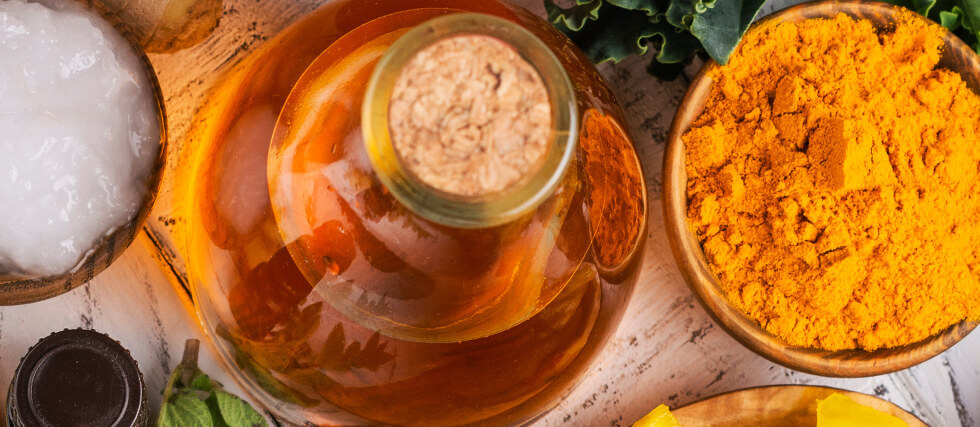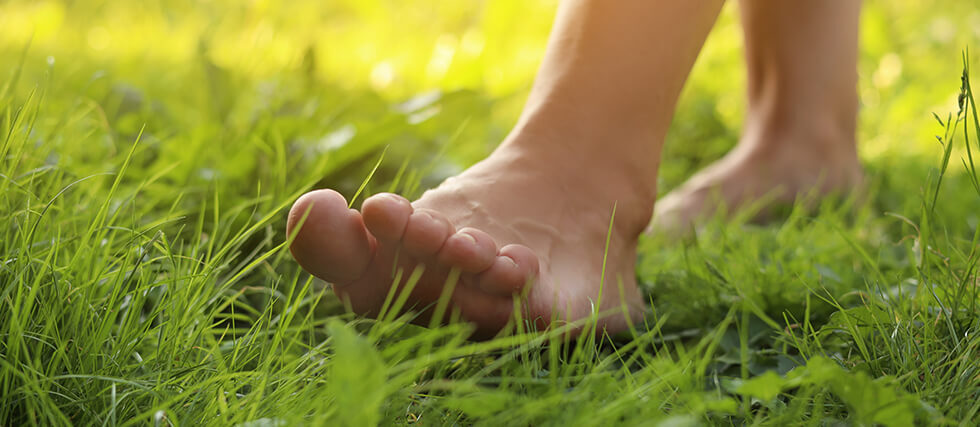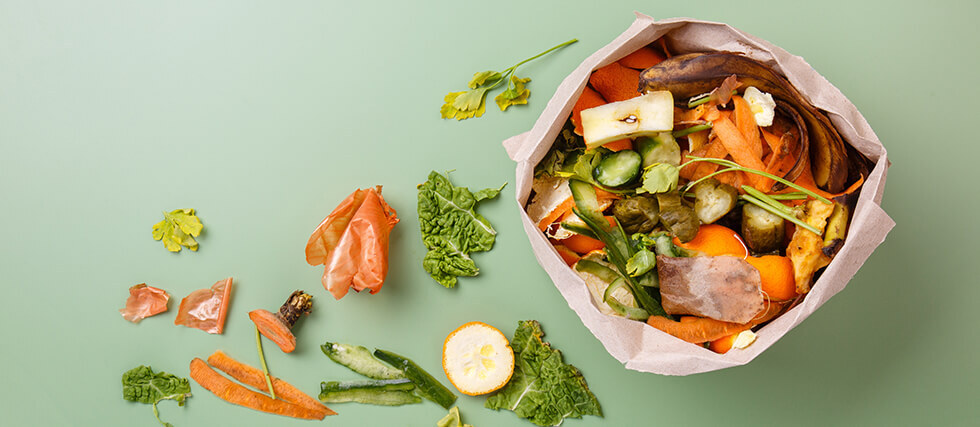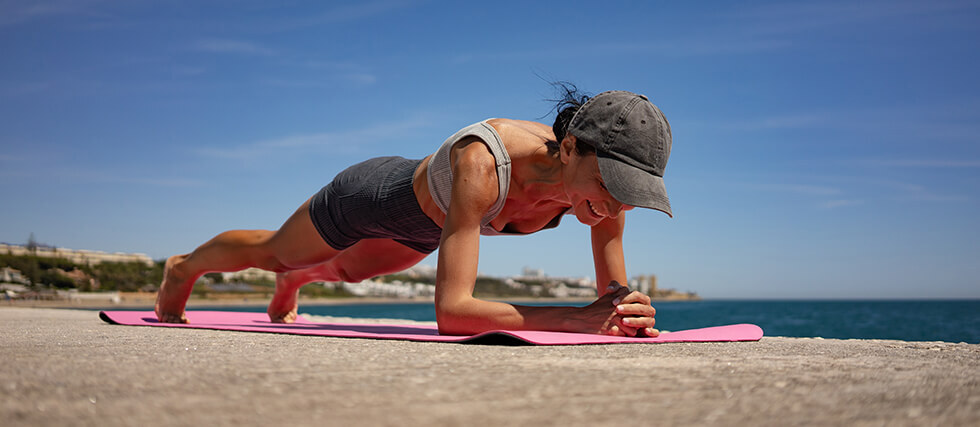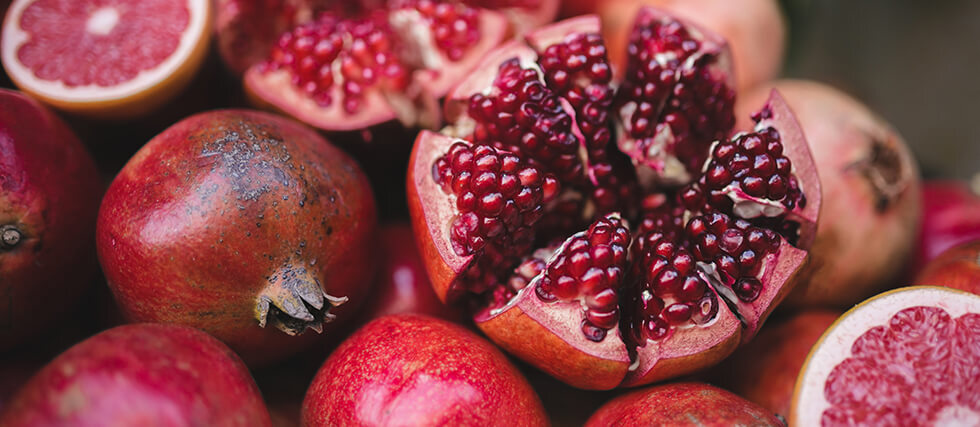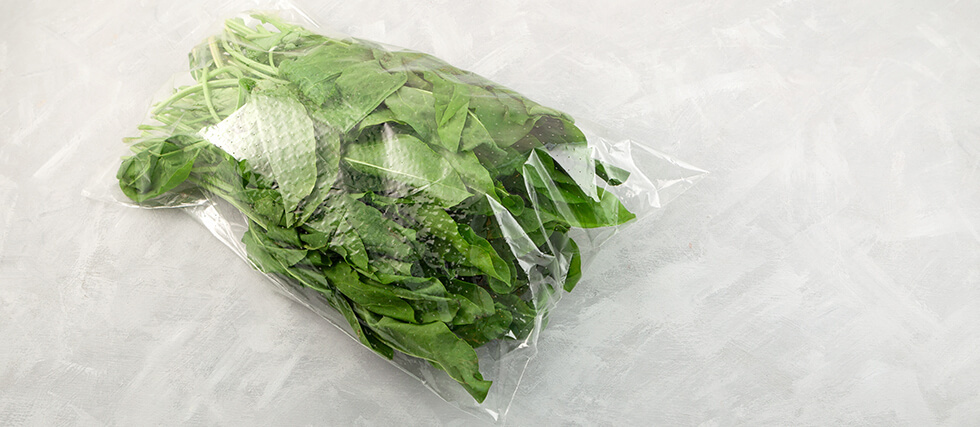Why You Should Absolutely Try Walking in the Rain—Yes, Really
Most of us run for cover when the skies open up—but what if walking in the rain is actually good for you? It turns out that embracing a drizzle (or even a downpour) might offer surprising health benefits, both physical and mental.
First, there’s the pure calm of it. Studies show that rain sounds can trigger a relaxation response in the brain, helping to lower stress and anxiety. The steady rhythm of rainfall acts almost like white noise, encouraging mindfulness and reducing mental chatter. Combine that with the gentle movement of walking, and you’ve got a recipe for improved mood and mental clarity.
Then there’s the air quality. After a rainstorm, the air is actually cleaner and filled with more negative ions—tiny charged particles that have been linked to increased oxygen intake and better serotonin production. That could explain why a rainy walk feels oddly refreshing, even if you get a little wet.
Rain also brings out the earthy scent of petrichor, a fragrance released from soil that can evoke nostalgic, mood-boosting feelings. Some researchers suggest that this natural aroma can ease tension and promote a sense of calmness and grounding.
Plus, walking in the rain provides a low-intensity challenge for your body. Wet conditions force your muscles to engage more for stability, helping you build balance and strength, especially when navigating slippery sidewalks or trails.
And let’s be honest: there’s something freeing about not caring if your hair gets wet or your shoes muddy. It taps into that playful, childlike energy we often leave behind in adulthood.
So next time the forecast looks gloomy, don’t cancel your walk—grab a raincoat, breathe deeply, and soak it all in.



